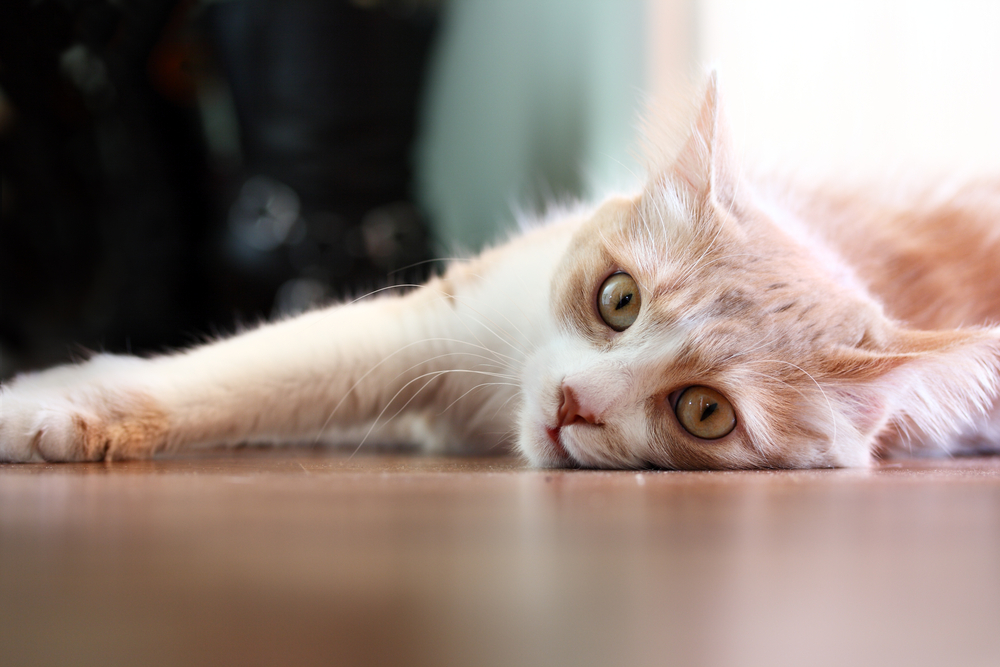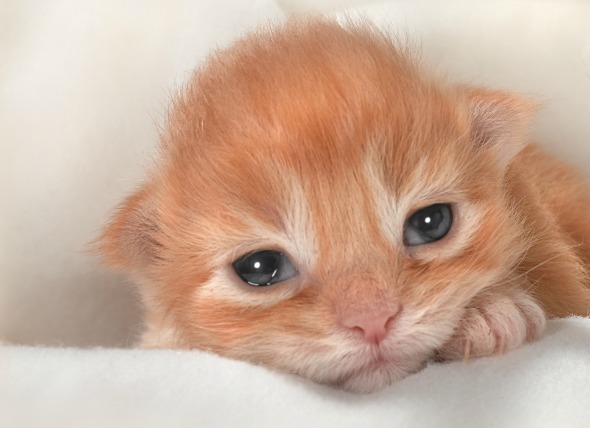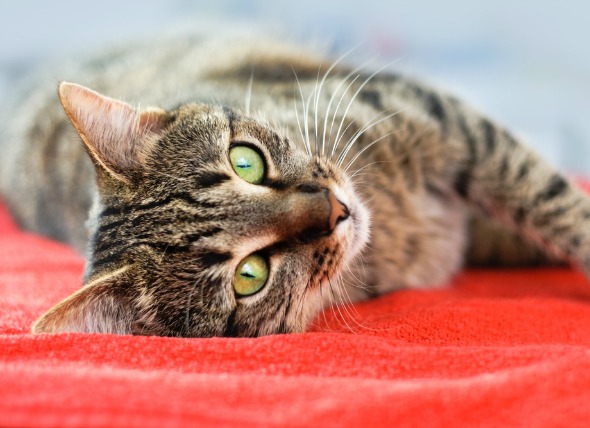
The term hepatitis is used to denote inflammation of the liver. In some cats, infections can travel to the liver from other body sites and result in the formation of abscesses in the liver. These abscesses may be single or multiple in number and contain pus. A single abscess may be present in the case of a liver tumor infected with bacteria overtime. In cases with liver absecessation, the following may be seen: bile duct inflammation, presence of gallbladder stones, and formation of many small abscesses. Cats with diabetes have a higher tendency for formation of liver abscesses.
Routine laboratory tests, including complete blood count, biochemistry profile, and urinalysis, will be conducted after your veterinarian records a detailed history and performs a complete physical examination of your cat. The results of these tests are informational, especially in identifying potential infections. For example, an increased of white blood cells (leukocytosis), abnormally low levels of platelets (cells involved in blood clotting), and anemia may be evident in blood testing. The biochemistry profile, meanwhile, may indicate abnormally high levels of liver enzymes, and abnormally low levels of glucose (hypoglycemia). And radiographic and ultrasonography studies may reveal an enlargement of the liver and are integral in detecting the presence of mass(es) and abscess(es).
Additionally, a small sample from the affected area can be taken through a special needle and processed further to see the type of infection. Your veterinarian will culture the sample to identify the type of bacterial infection, which helps find the most suitable antibiotic for the infection in your cat. If the bacteria are isolated, culture and sensitivity testing will be conducted to find the type of bacteria involved and types of antibiotics these bacteria are sensitive to.
In the case of severe infection, your cat may need to be hospitalized for intensive care and treatment. Intravenous fluids are started along with antibiotics to cover fluid deficits and infection respectively. Your veterinarian may also decide to drain the abscess to help in the resolution of the infection. Drainage of the abscess may be carried-out under ultrasound guidance, though in some cats, abdominal surgery may be required.
In addition, the veterinary surgeon may pass a small tube down to the infected area, leaving one end outside to help in continuous drainage of pus material. This tube can be removed once the drainage of the material stops and the infection is resolved.
During treatment, your veterinarian will monitor body temperature, liver enzymes, number of white blood cells (to see status of infection), and evaluate the liver with ultrasound.
Follow the guidelines given by your veterinarian. Call your veterinarian if you observe any untoward symptoms in your cat. You may need to check the temperature of your cat on daily basis and record it for your veterinarian to see the progress of treatment. Good diet management and rest are required for your cat during the recovery period. Timely diagnosis and treatment usually resolve the problem in most cases.
 Heart Disease (Hypertrophic Cardiomyopathy) in Cats
Cardiomyopathy, Hypertrophic in Cats
The heart ha
Heart Disease (Hypertrophic Cardiomyopathy) in Cats
Cardiomyopathy, Hypertrophic in Cats
The heart ha
 Gallstones in Cats
Cholelithiasis in Cats
Gallstones are typically m
Gallstones in Cats
Cholelithiasis in Cats
Gallstones are typically m
 Intestinal Tumor (Leiomyoma) in Cats
Leiomyoma of the Stomach, Small, and Large Intestine in
Intestinal Tumor (Leiomyoma) in Cats
Leiomyoma of the Stomach, Small, and Large Intestine in
 Eye Infection in Newborn Cats
Ophthalmia Neonatorium
One of the infections that
Eye Infection in Newborn Cats
Ophthalmia Neonatorium
One of the infections that
 Low Blood Calcium in Cats
Hypocalcemia in Cats
The term "hypocalcemia&
Low Blood Calcium in Cats
Hypocalcemia in Cats
The term "hypocalcemia&
Copyright © 2005-2016 Pet Information All Rights Reserved
Contact us: www162date@outlook.com